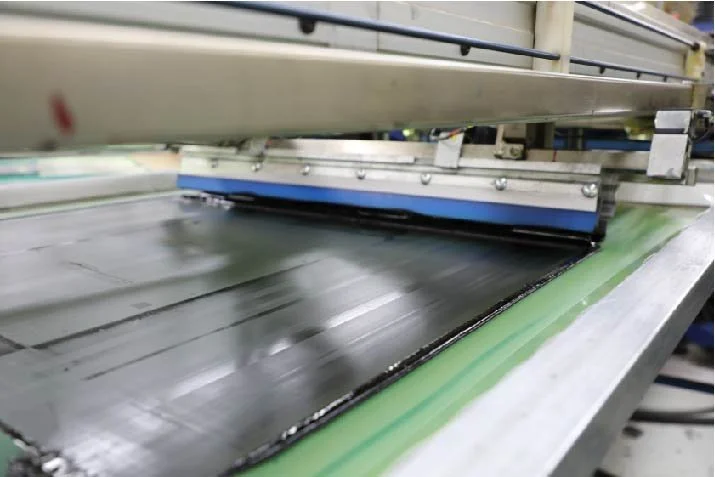When the most coveted painting of the 21st Century sold recently, it struck me that the process Pop Art used to print this masterpiece, is the process we do every day. “Shot Safe Blue Marilyn,” a silk screen painting of Marilyn Monroe, sold for $195 million last week.
Andy Warhol, the artist, pioneered the Pop Art movement during the 1950s and 60s. It exploded during the post-World War II manufacturing and multi-media age when advertising existed in newspapers, on billboards, and on television. Instead of going to a studio and brushing paint on a canvas, Andy used the centuries-old process of screen printing.
Silk screens were originally used in the 17th century in France to print patterns on fabrics. The practice stretched silk onto a frame and ink was pushed through the tiny holes. The 20th century saw the introduction of squeegees to evenly push ink through the screen mesh.
Because only one color is printed at a time, each screen represents a shape and lays down a color. After it’s dry, the next color can be added. Multiple colors are layered on a surface (canvas) to create the image. Much in the same way, Romo uses this process to print precise images that decorate, inform, and brand.
Automated equipment prints and cures each color.
Some inks that provide maximum durability and vibrancy can only be used via screen printing. Screen printing uses squeegees to lay down ink. The combination of pressure applied to the squeegee and size of the holes in the mesh of the screen allows for more control and even application. Increased vibrancy. Color consistently. Metallic flake can be added to make the graphic sparkle.
I’m not saying what is made inside Romo each day is a work of art (and we don’t charge even close to a million dollars for our products), but beauty and judgement is in the eye of the beholder. A faded decal makes the product look old and lowers its performance expectation.
Priceless art isn’t about the time and effort an artist invests in the piece. The value is how the artwork is perceived by the admirer.



